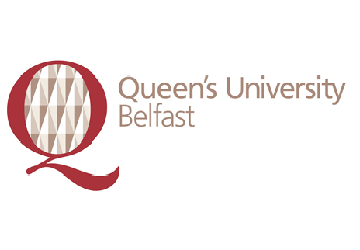DISTINCTIVE is a multi-disciplinary collaboration of 10 universities and 3 key industry partners from across the UK’s civil nuclear sector.

PhD/PDRA – PhD
Academic Lead – Jorge Kohanoff
Researcher – Ryan Kavanagh
University – Queen’s University Belfast
Many nuclear waste forms are encapsulated in cement. The two main reasons for this are that it is inexpensive and easy to work with. Cement can be cast into cavities or recipients of any shape and it will solidify in a few days, thus providing an effective and economical solution. Cement, however, is not an inert material. The radioactive material encapsulated will decay and produce modifications to its chemistry and mechanical properties, including corrosion, hydrogen and oxygen generation, etc. The aim of this project is thus to study the effect of radiation on cement by means of ab-initio molecular dynamics simulations. In the first instance we will study the typical defects that form after bombardment with radiation; namely, excess electrons and holes. This will provide us with quantitative insight as to where these excess electrons and holes localise within the cement matrix. In the next step of the project we will then study the effect these defects have on the reactivity of the cement. In particular we will endeavour to establish whether or not the addition of electrons and holes to the materials stimulates or retards the production of hydrogen. In the final stages of the project we will study the interface between cement and iron/steel, as this is a typical multi-wall solution to waste encapsulation. Once again we will examine the localisation of electrons and holes at these interfaces and the effect that the presence of the interface has on the ease of hydrogen generation.
Back to Top